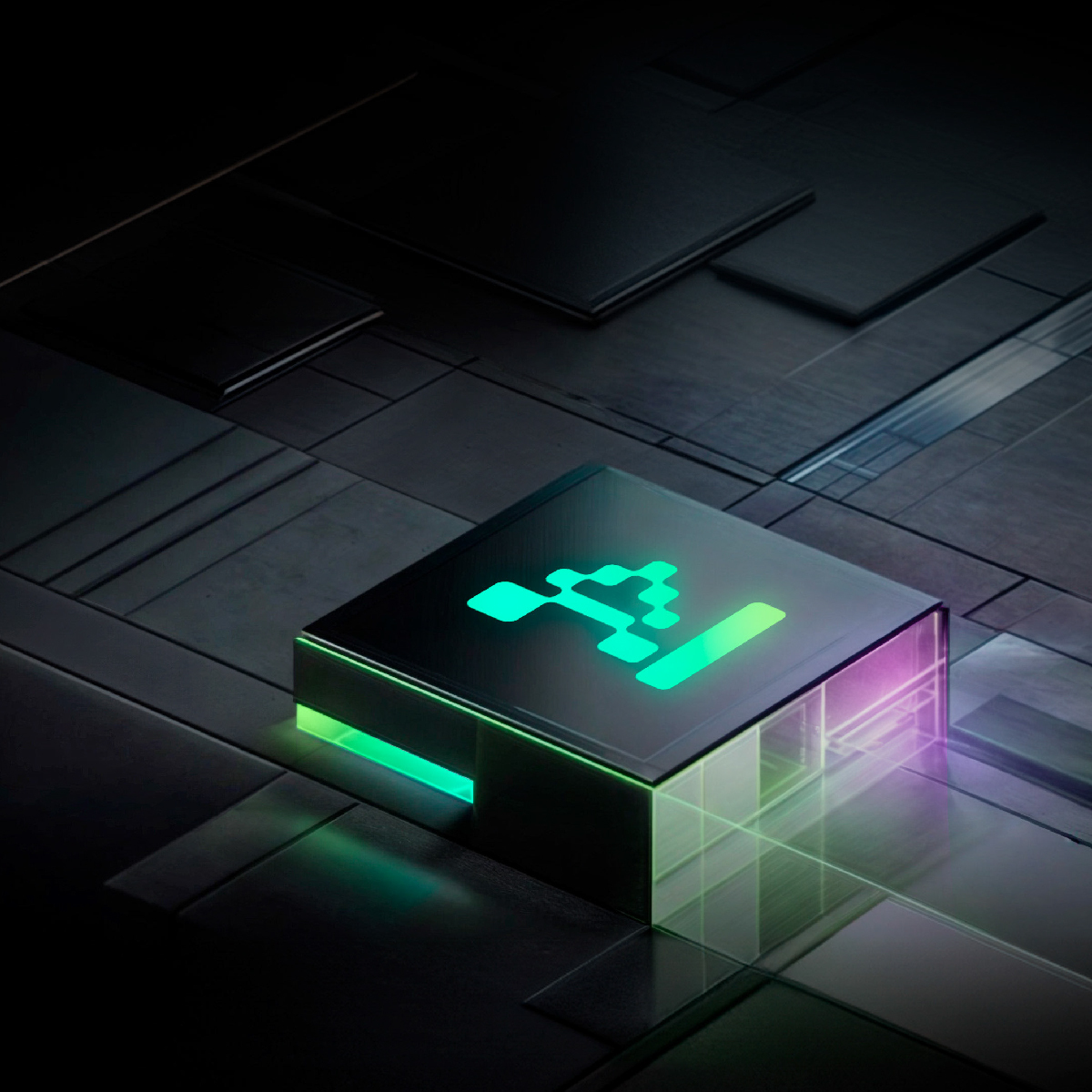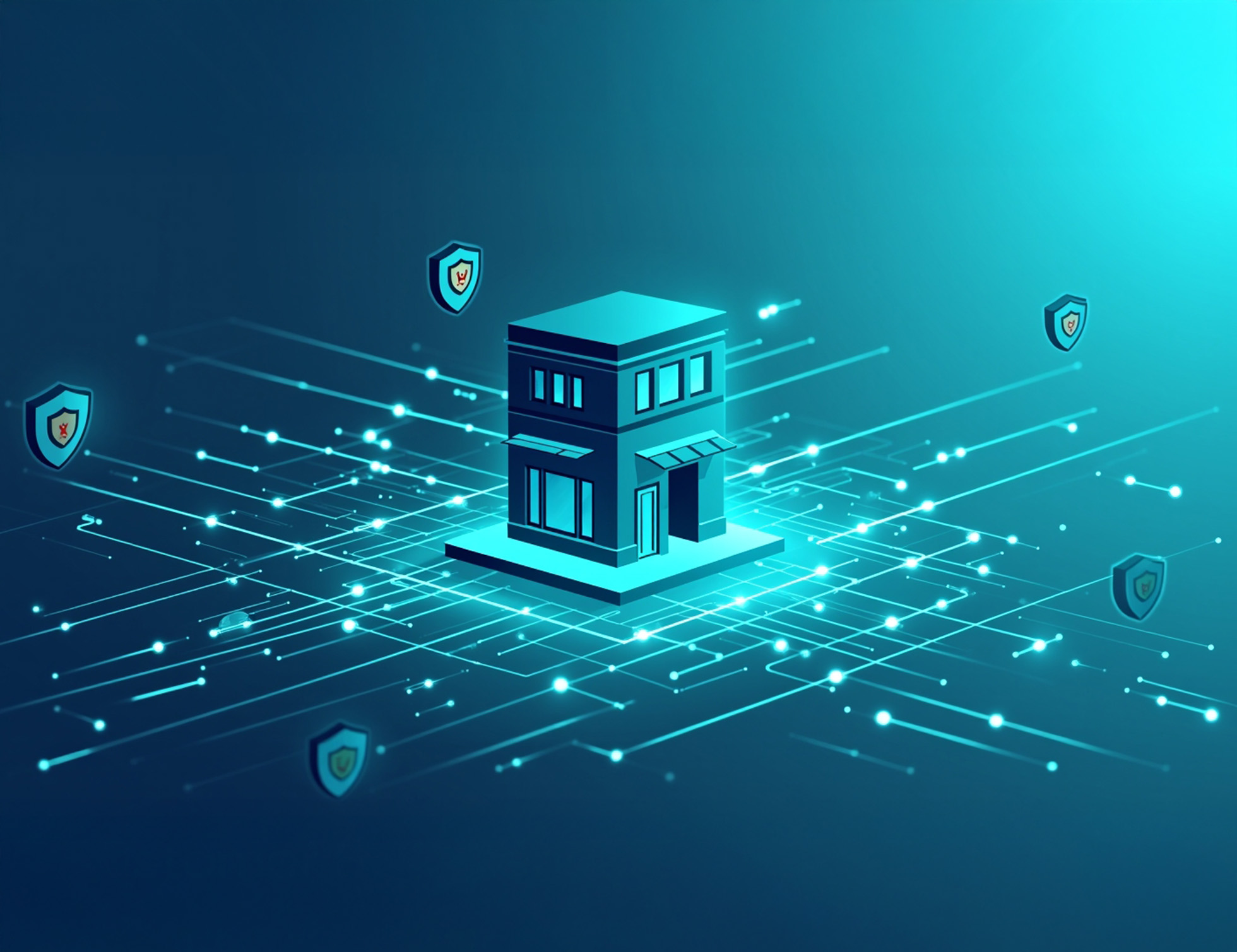Join our newsletter



"Cyber threats are evolving at an unprecedented pace. In an era where data is the backbone of business operations, AI is no longer just an advantage—it’s a necessity for cybersecurity."
Businesses today face an increasingly complex and sophisticated landscape of cyber threats. Traditional security measures, while still relevant, are struggling to keep pace with AI-driven attacks, adaptive malware, and real-time exploitation of vulnerabilities. This has led to a shift where AI is no longer just a tool but the foundation of modern cybersecurity strategies.
By leveraging machine learning, real-time anomaly detection, and predictive threat analysis, AI enhances cybersecurity in ways that traditional, rule-based systems simply cannot match.
AI-powered systems analyze vast amounts of cybersecurity data to identify potential threats before they materialize. Using deep learning models, AI can detect patterns in malware signatures, network traffic anomalies, and unauthorized access attempts.
Example: AI-driven security platforms like Darktrace and CrowdStrike continuously scan enterprise networks, detecting anomalies and preventing breaches before they happen.
Traditional security tools rely on static rules, which makes them ineffective against zero-day threats and polymorphic malware. AI-based anomaly detection identifies unusual behaviors that deviate from normal patterns, flagging potential threats before they escalate.
Example: AI monitors login behavior and detects unauthorized access attempts, even if valid credentials are used, by analyzing user behavior patterns.
AI-powered security systems do more than just detect threats—they respond autonomously and in real time. Security Orchestration, Automation, and Response (SOAR) systems leverage AI to neutralize attacks before they spread.
Example: AI-driven firewalls and endpoint detection solutions automatically isolate compromised devices, preventing lateral movement within a network.
Phishing remains one of the biggest cyber threats, with attackers using increasingly sophisticated social engineering tactics. AI enhances phishing detection by analyzing email language patterns, sender behaviors, and embedded links to flag potential scams before they reach users.
Example: AI-driven email security platforms like Microsoft Defender and Google AI detect phishing attempts before employees fall victim to scams.
While AI is revolutionizing cybersecurity, it also presents new challenges:
Adversarial AI: Cybercriminals are now using AI to develop more evasive attack techniques. AI-driven security must constantly evolve to counteract these intelligent threats.
AI Bias & False Positives: AI models must be continuously refined to ensure accuracy in detecting legitimate threats without overwhelming security teams with false alarms.
Human-AI Collaboration: AI enhances cybersecurity, but human expertise remains critical for strategic threat response and ethical considerations.
Businesses that fail to integrate AI into their cybersecurity strategies risk falling behind. AI is not just an enhancement—it’s a necessity for safeguarding sensitive data, preventing financial losses, and maintaining digital trust.
At Kenility, we help businesses implement cutting-edge AI-powered cybersecurity solutions, ensuring real-time threat detection, automated incident response, and proactive risk mitigation.
🚀 Is your business equipped to handle AI-driven cyber threats? Let’s talk. Contact us at sales@kenility.com.